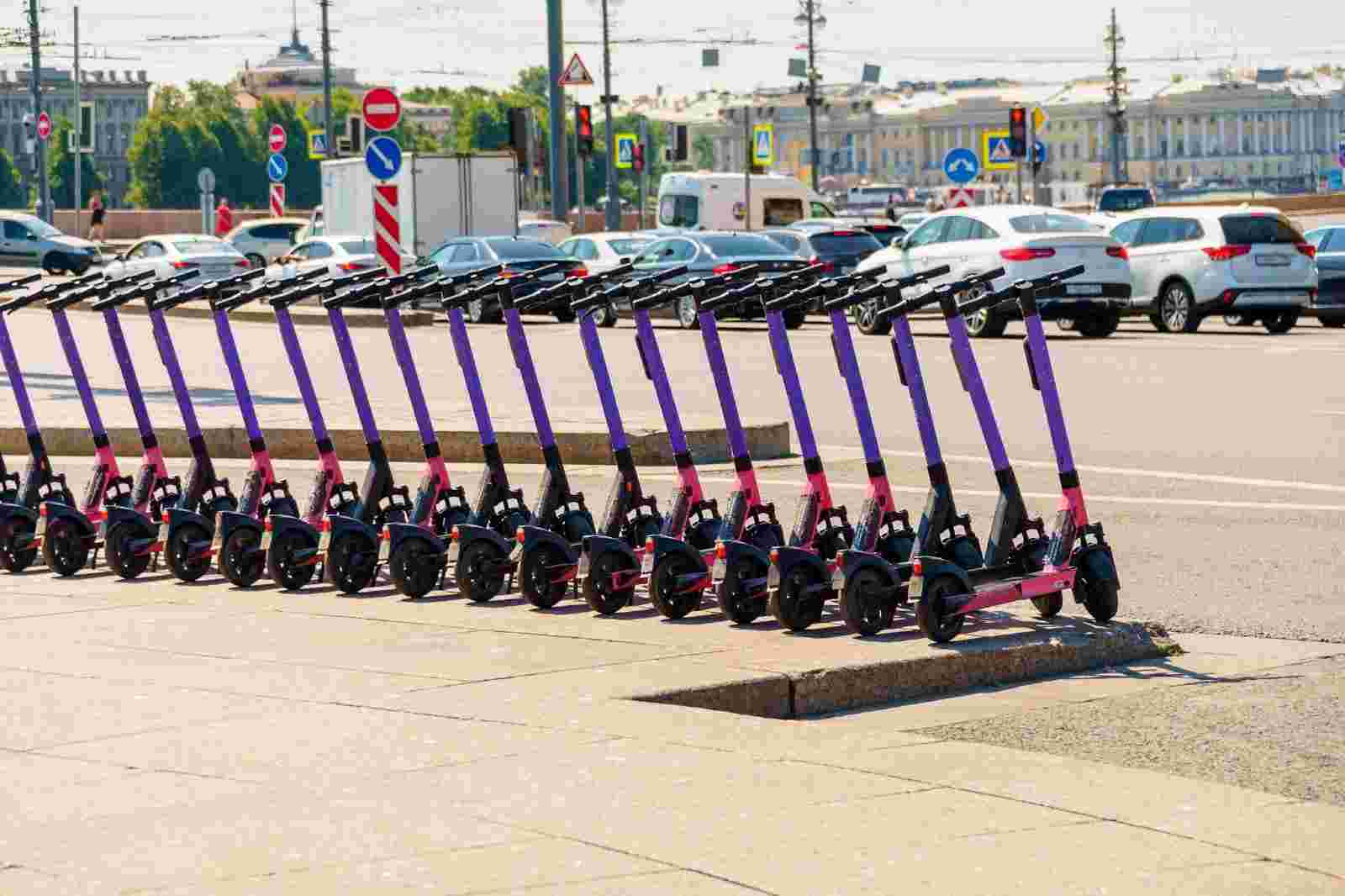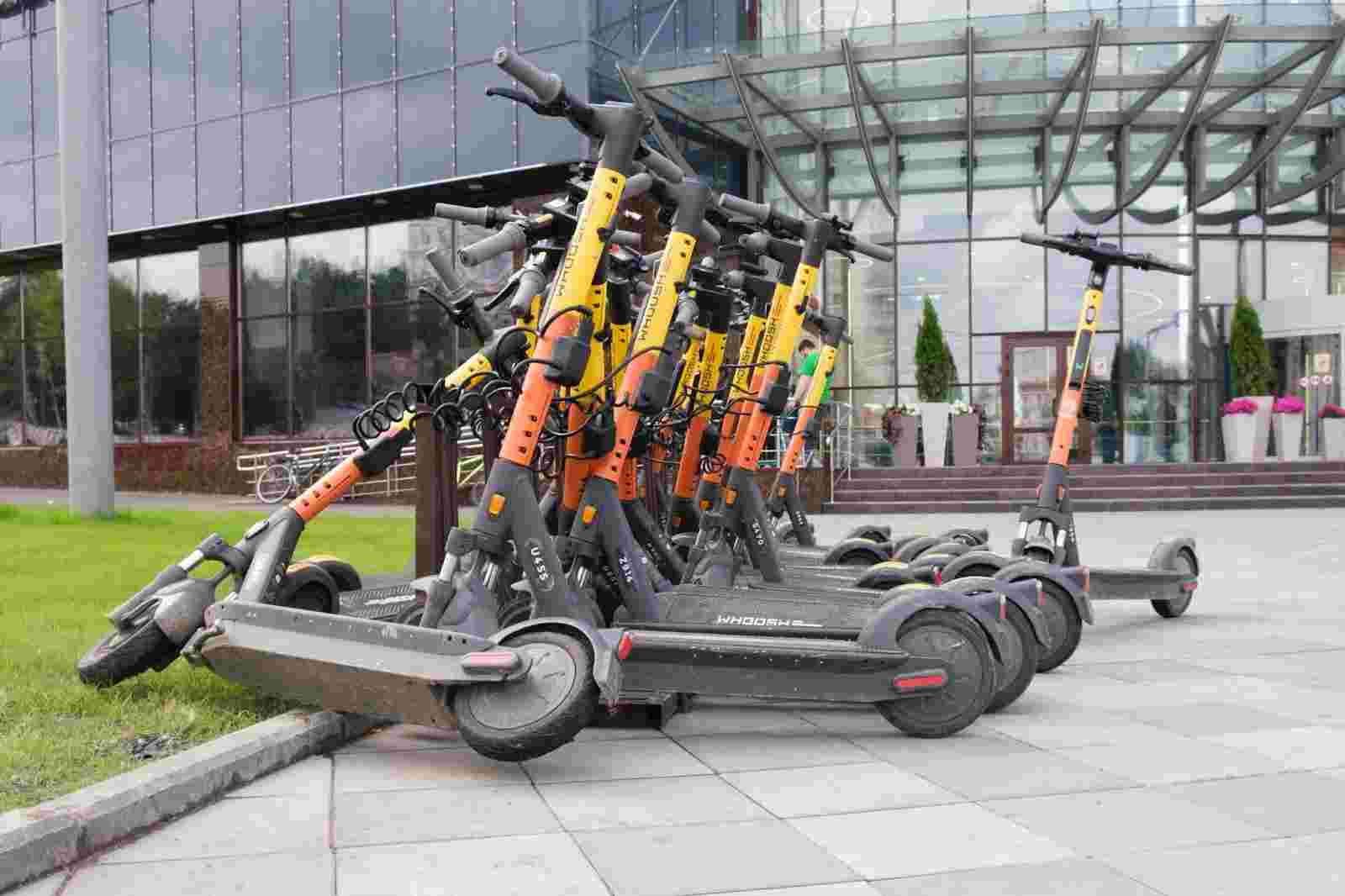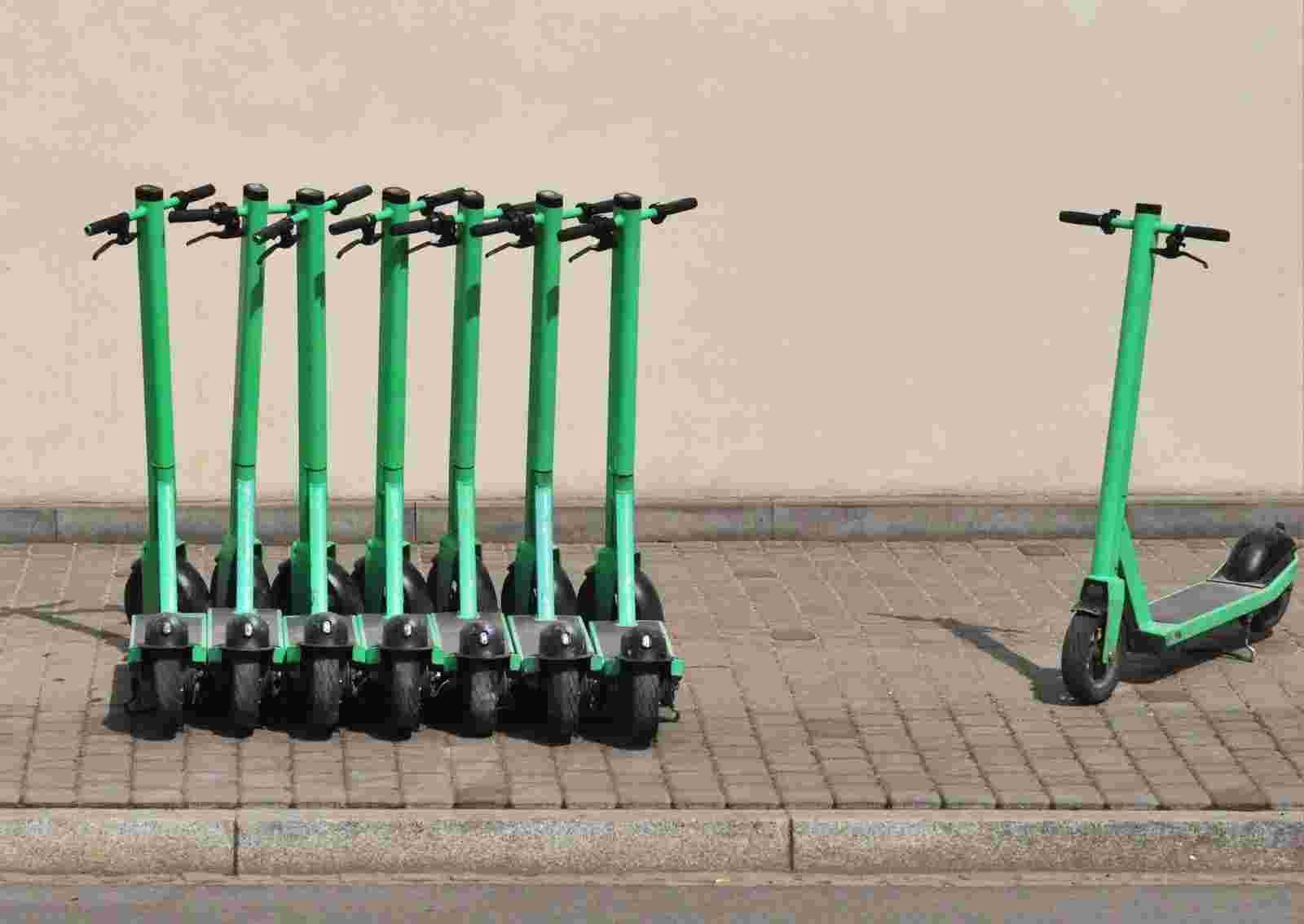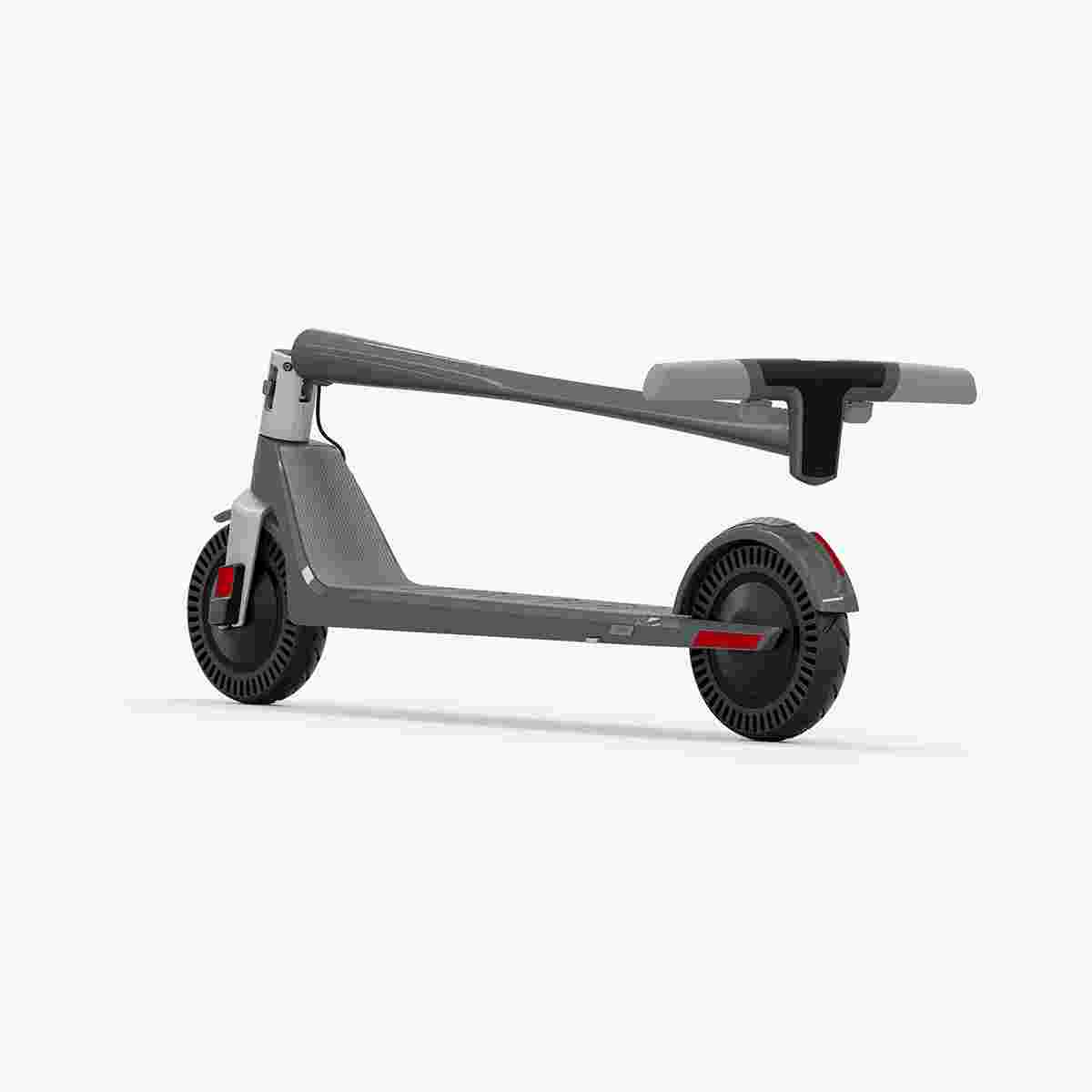1/11/2024
Micromobility for Europe advocates for smarter parking solutions for e-scooters and e-bikes
Micromobility for Europe (MMfE), a coalition of leading shared micromobility providers, has released a pivotal report titled ‘Parking Challenges & Recommendations.’ This document represents a concerted effort to address the increasingly pressing issue of parking for e-scooters and e-bikes in urban settings. It aims to provide a framework of best practices and strategic recommendations to EU stakeholders, seeking to enhance the success and integration of micromobility solutions in cities.
The fourfold challenge of micromobility parking
Parking e-scooters and e-bikes has long been a vexing issue, affecting pedestrians, users, and operators alike. While micromobility companies provide the vehicles, they rely on local authorities to create appropriate parking spaces that are non-intrusive to other urban space users. The report by MMfE identifies four critical areas that require attention:
- Lack of dedicated parking: The scarcity of specific parking areas for micromobility vehicles in densely populated urban zones.
- Competition for urban space: The struggle to balance the needs of various road users, including pedestrians, drivers, and micromobility users.
- Public education gaps: A widespread lack of awareness and understanding of parking rules and regulations among users.
- Compliance measurement and enforcement: Challenges in ensuring adherence to parking norms and implementing effective enforcement strategies.
Crafting solutions: MMfE's recommendations

MMfE’s report offers a series of recommendations to tackle these challenges:
Dedicated parking: A core necessity
This issue is identified as the first and most significant concern to be addressed in urban mobility planning. The report underscores the need for mandatory physical parking spaces in densely populated areas, alongside free-floating parking in less dense regions. It advocates for at least 40 parking bays per square kilometer in densely populated urban centers, with a minimum of three spots per bay.
Crucially, the development of these parking solutions is a collaborative effort–operators are required to play a key role in guiding cities to identify the most effective locations for new parking infrastructure. By analyzing ridership and parking data, they provide valuable insights to urban planners, ensuring that the allocation of new parking facilities is both strategic and beneficial, thus promoting increased usage, reliability, tidiness, and pedestrian safety in these areas.
Utilizing existing infrastructure

MMfE suggests making use of existing bicycle rack infrastructure, ensuring that there is adequate space for both shared micromobility vehicles and private bicycles. This strategy is particularly effective because users of shared micromobility services, such as e-scooters, are naturally inclined to park at cycle stands due to their high visibility and familiarity.
By allowing these shared vehicles to use current cycling infrastructure, cities can efficiently cluster different mobility options together. However, as the usage of shared micromobility continues to grow, the report emphasizes the importance of expanding bicycle rack facilities to accommodate these increasing needs.
Reimagining car parking spaces
The report advocates for transforming some car parking spaces into micromobility parking zones. This move could encourage a shift from private car usage to more sustainable transportation modes, effectively reducing traffic congestion and environmental impacts.
The report estimates that one car parking space can accommodate at least 10 micromobility vehicles, highlighting the efficient use of urban space.
Enhancing public transport connectivity
Placing parking spots near public transport stations can significantly improve first and last-mile connectivity, especially in residential areas with limited transport options.
Prioritizing safety in parking location selection

The organization advises that parking spots be ideally situated on the carriageway or close to the curb, which helps to minimize pedestrian disruptions. Such placements discourage riders from riding on pavements to reach parking spots. In situations where roadside parking is not feasible, MMfE suggests using the 'furniture zone' near curbs as an alternative. This is the zone located between the curb and the pedestrian walkway.
In addition to strategic placement, the importance of well-lit parking areas is highlighted. Enhanced lighting not only improves visibility for users, particularly during low-light conditions such as early mornings or evenings, but also actively improves security, contributing to a safer and more reassuring environment for all users.
Incentivizing proper parking
To encourage proper parking behavior, MMfE suggests that operators could offer incentives like discounts or rewards for using designated parking areas. Real-time data and in-app guidance can further assist riders in locating available parking zones, optimizing space usage and convenience.
Addressing the competition for urban space
This competition often stems from a lack of physical infrastructure or poorly defined parking areas for micromobility vehicles such as e-scooters and e-bikes. Such inadequacies in urban planning lead to frequent conflicts. A common scenario involves car drivers moving e-scooters to make room for their vehicles or cyclists having to relocate e-scooters from bike racks. These incidents not only cause inconvenience but also disrupt the orderly use of shared spaces.
To combat these issues, MMfE's report places a strong emphasis on the necessity of clearly designating parking spaces for micromobility vehicles. It recommends the establishment of parking areas that are not only clearly marked but also reserved exclusively for the use of micromobility users.
Bridging public education gaps
The lack of standardized parking rules across cities contributes to improper parking habits. MMfE proposes intuitive and obvious parking rules, complemented by educational campaigns and digital tools, to inform users about proper parking practices.
Understanding that behavioral change is a gradual process, MMfE also emphasizes the importance of allowing a reasonable period for users to adapt to these new regulations and practices post-implementation of educational initiatives.
Balancing compliance and enforcement
The report encourages a balanced approach to enforcing compliance. It highlights the importance of distinguishing between actual noncompliance and situations that may appear as clutter, where vehicles are densely parked but remain within regulatory boundaries. The focus is on avoiding excessive penalties and employing technology to ensure fair and equitable enforcement. This includes ensuring that riders adhere to parking rules and operators comply with city regulations.
MMfE recommends the use of end-of-ride parking photos and coordination with city authorities and service operators, particularly before imposing fines or bans for misparking. This approach ensures penalties are justly assigned, pinpointing actual faults with the rider.
In cases where noncompliance is confirmed, penalties should be reflective of the specific circumstances. The report emphasizes the need for a standard escalation process, which includes a series of steps: issuing warnings, mandating in-app training, implementing temporary user blocks, and, if necessary, proceeding to fines or bans.
Towards a more organized and sustainable urban mobility

MMfE's comprehensive report lays out a strategic roadmap for tackling the challenges of parking e-scooters and e-bikes in urban areas. By addressing dedicated parking needs, leveraging existing infrastructure, promoting safety, incentivizing proper parking, and focusing on education and balanced enforcement, MMfE aims to foster a more organized, sustainable, and accessible urban mobility landscape. This initiative marks a significant step towards resolving the complex puzzle of micromobility parking in cities, paving the way for a future where these modes of transport can coexist harmoniously with traditional transportation systems.

Speaking of seamless integration, if you live in an urban setting where traffic is a constant concern, why not try a small experiment by integrating a scooter into your daily routine to see if it's a worthwhile addition? You don’t need to commit to buying one outright; you can test the waters with theUNAGI scooter subscription model. For as low as $39 per month, you can get yourself the UNAGI Model One, a scooter that can perfectly complement your last-mile commute without disrupting your daily routine.
Weighing just 29.6 lbs and featuring a foldable design, it is incredibly portable. Whether you're navigating crowded public transport, moving through office spaces, or storing it discreetly, this scooter addresses common urban transport challenges, especially those related to parking and storage.
With a range of 25 miles, the UNAGI Model One is more than capable of covering most last-mile travel, which is typically less than 10 miles. Moreover, with its top speed of 20 mph, you'll be able to keep up with traffic speed, ensuring a smooth and efficient journey.The subscription also conveniently includes maintenance, free delivery, and theft insurance, providing a comprehensive, worry-free package.
And perhaps the most appealing part of the subscription is its flexibility.
If you find that integrating the scooter into your daily routine isn't as seamless as you'd hoped, the option to cancel at any time, without any long-term commitment, ensures that this experiment in urban mobility is as stress-free as possible.


